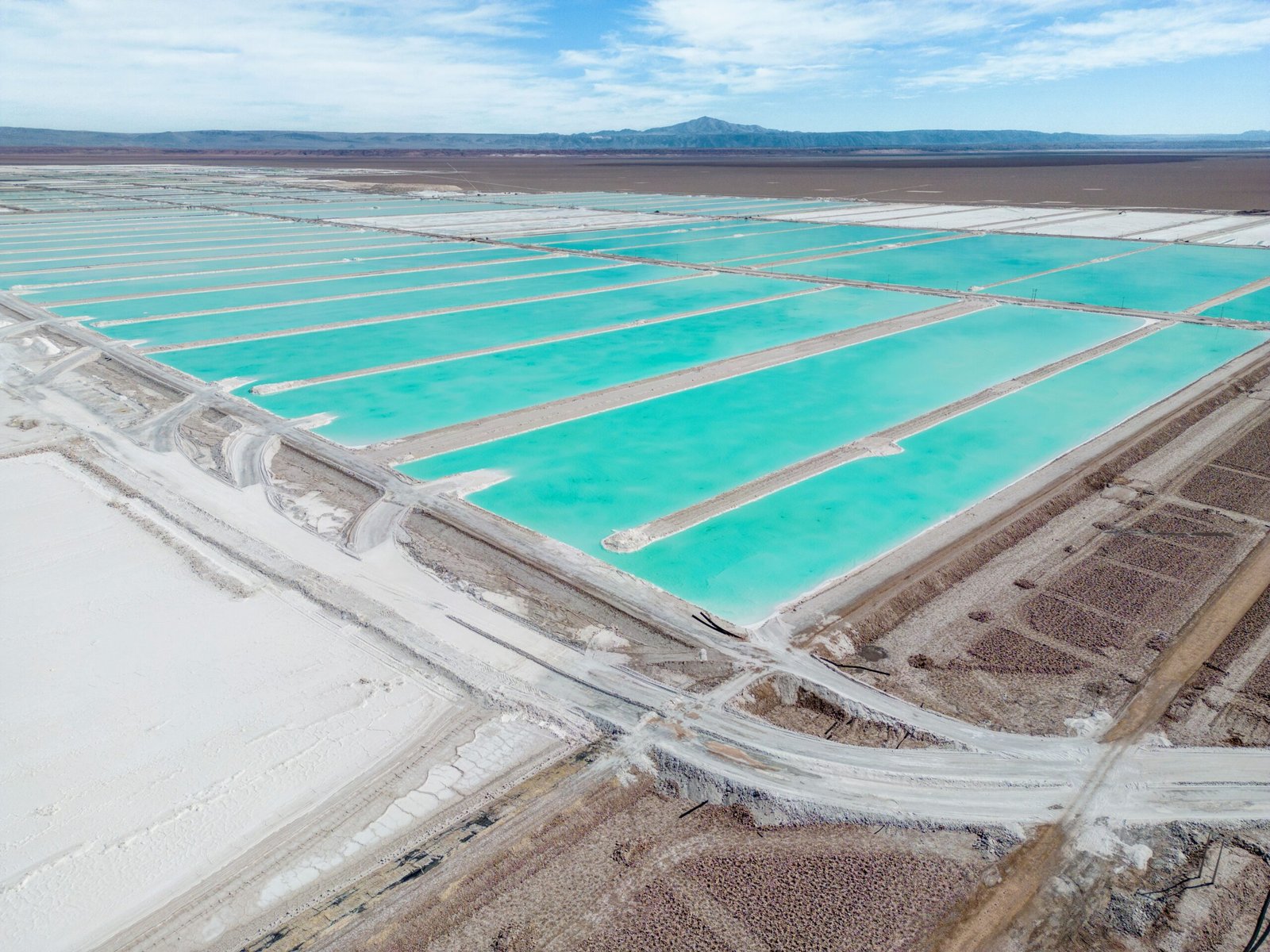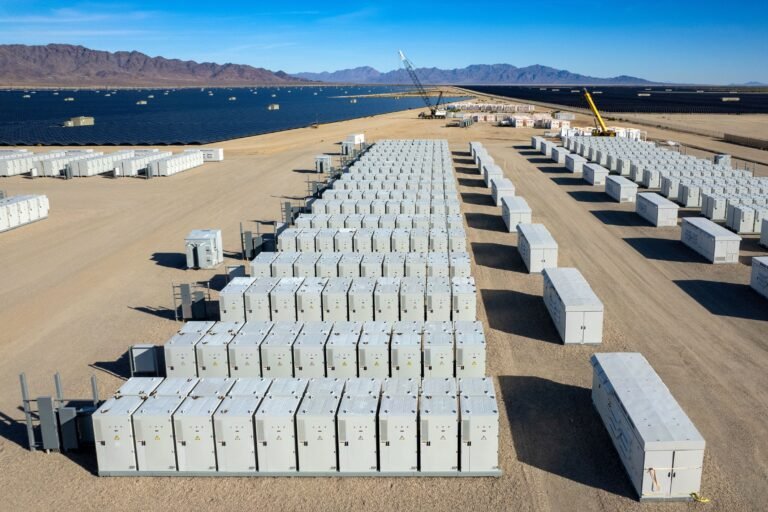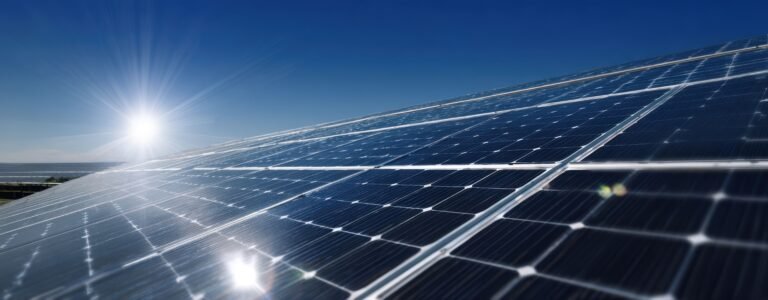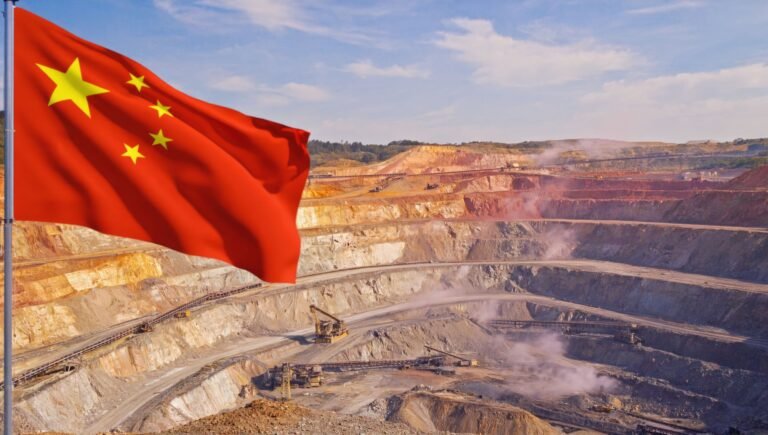Suggesting that Lithium Brine stocks are undervalued vs Hard Rock is quite a statement when practically all lithium stocks look undervalued at the moment, despite the spike in share prices since mid-June! The chart below highlights the magnitude to which valuations have fallen since 2022-23. But it also highlights that Brine assets have always traded at a valuation discount to hard rock.

True salar brine resources are vanishingly rare. I’m talking about the type of deposits that are extractable by simple evaporation and don’t require DLE. The number of such undeveloped resources, of a reasonable size for a standalone project, sitting in single companies, can be counted on the fingers of one hand currently.
There is no such shortage of hard rock resources. Sure, there is a shortage of large, high-grade hard rock projects close to infrastructure. But there is no shortage of hard rock lithium deposits in the same way.
But there is a shortage of salar brine deposits with resource endowments large enough for development, and purity levels suitable for evaporation. Many suggest that Rio Tinto’s Arcadium acquisition was aimed at the optionality of its brine project endowment and certainly RIO’s recent moves into Chile seem to suggest that brine projects are still a focus for it.
And why not? Brine projects are lower capital intensity than spodumene+conversion assets and they are at the opposite end of the cost curve, being firmly in the first quartile vs spodumene+conversion which is around the third quartile, with the exception of only a few ultra-low-cost assets.
Given that there is some doubt as to the level that lithium prices could rise to in this cycle recovery and the time it will take to get to those levels, shouldn’t low-cost brine assets (which could potentially be profitable throughout the cycle) be the focus for developers?
That being the case, one would expect brine developer stocks to trade at a premium, wouldn’t one?
But they don’t. A simple scan of lithium company valuations shows only two standalone salar brine developers in our valuation table; NOA Lithium’s Rio Grande project and Galan Lithium’s more advanced HMW project, both in Argentina. Both are trading at a material discount to hard rock projects at similar stages of development.

There is only one standalone brine producer, Lithium Argentina, which also trades at a material discount to comparable hard rock operations. [Note that SQM and Albemarle both have hard rock operations and projects, so I don’t classify them as standalone brine producers].
And we see a similar situation when we look at brine M&A. An analysis of brine take out multiples since 2021 shows a substantial discount to hard rock multiples over time on a US$/t LCE resource basis. And all of those acquisition multiples are at several times the valuation that brine stocks trade on today.

But if we look at M&A in the space this year, most of it is around brine assets, with RIO’s moves into Chile and Posco’s recent move for Lithium South. Those multiples are some way above current valuation multiples for brine developers and producers as well.
Some investors clearly are taking notice of Brine assets – Clean Elements Ltd, a holding company set up to invest in high quality lithium assets – has made investments in both NOA Lithium Brine and Galan Lithium over the past nine months. These were contrarian bets at the time but look pretty astute now.
An analysis of incentive prices suggests that development of brine projects is viable with lithium prices at current levels. Much more viable, in fact, than for many hard rock projects. And such projects are, as we just contested, likely to be profitable throughout the cycle.
And there’s scarcity value in high quality brine resources as well. So why then, given all I’ve highlighted above, do Brine producers and developers trade at such a discount?
- For sure, there is heightened country risk to invest in Argentina vs Australia or Canada. But it doesn’t seem to justify the materiality of the discount that the stocks are experiencing.
- There is also a feature of the listing exchange. An analysis of performance by ASX-listed stocks vs others over recent years shows that ASX stocks tend to outperform North American listed stocks. I would suggest that this is down to two factors – 1) Greater understanding of the lithium thematic by retail investors in Australia; 2) The greater dominance of US bulge bracket banks in North America which have, almost to a team, been bearish on lithium. In Australia the market is dominated by mid-cap Australian brokers which have a much more significant focus on mining and commodities than many global banks.
- There is also a clear preference in Australia for hard rock (ie mining) over brine (chemicals) which doesn’t help Brine developers and producers either.
Even bearing in mind these factors, I still think the Brine discount to Hard Rock is substantially overstated.
This is not investment research.




